Huajie Shao
P3SL: Personalized Privacy-Preserving Split Learning on Heterogeneous Edge Devices
Jul 23, 2025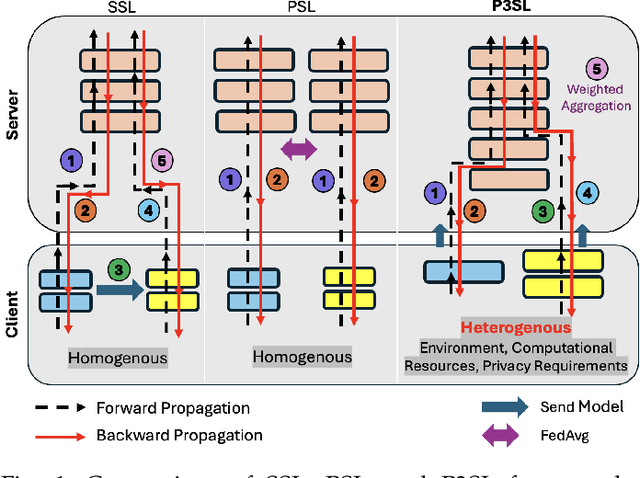

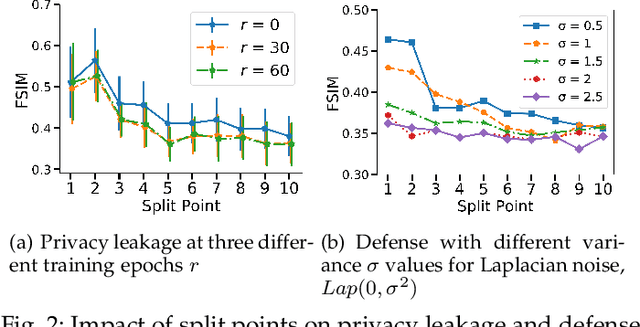
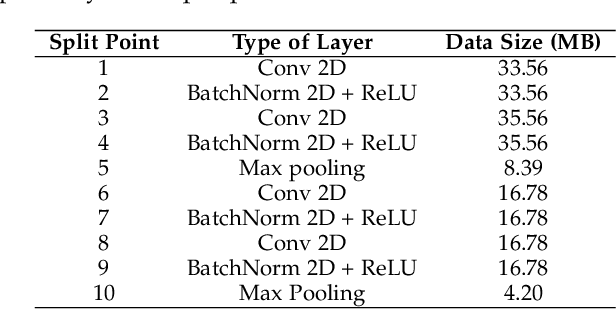
Abstract:Split Learning (SL) is an emerging privacy-preserving machine learning technique that enables resource constrained edge devices to participate in model training by partitioning a model into client-side and server-side sub-models. While SL reduces computational overhead on edge devices, it encounters significant challenges in heterogeneous environments where devices vary in computing resources, communication capabilities, environmental conditions, and privacy requirements. Although recent studies have explored heterogeneous SL frameworks that optimize split points for devices with varying resource constraints, they often neglect personalized privacy requirements and local model customization under varying environmental conditions. To address these limitations, we propose P3SL, a Personalized Privacy-Preserving Split Learning framework designed for heterogeneous, resource-constrained edge device systems. The key contributions of this work are twofold. First, we design a personalized sequential split learning pipeline that allows each client to achieve customized privacy protection and maintain personalized local models tailored to their computational resources, environmental conditions, and privacy needs. Second, we adopt a bi-level optimization technique that empowers clients to determine their own optimal personalized split points without sharing private sensitive information (i.e., computational resources, environmental conditions, privacy requirements) with the server. This approach balances energy consumption and privacy leakage risks while maintaining high model accuracy. We implement and evaluate P3SL on a testbed consisting of 7 devices including 4 Jetson Nano P3450 devices, 2 Raspberry Pis, and 1 laptop, using diverse model architectures and datasets under varying environmental conditions.
Explore the vulnerability of black-box models via diffusion models
Jun 09, 2025Abstract:Recent advancements in diffusion models have enabled high-fidelity and photorealistic image generation across diverse applications. However, these models also present security and privacy risks, including copyright violations, sensitive information leakage, and the creation of harmful or offensive content that could be exploited maliciously. In this study, we uncover a novel security threat where an attacker leverages diffusion model APIs to generate synthetic images, which are then used to train a high-performing substitute model. This enables the attacker to execute model extraction and transfer-based adversarial attacks on black-box classification models with minimal queries, without needing access to the original training data. The generated images are sufficiently high-resolution and diverse to train a substitute model whose outputs closely match those of the target model. Across the seven benchmarks, including CIFAR and ImageNet subsets, our method shows an average improvement of 27.37% over state-of-the-art methods while using just 0.01 times of the query budget, achieving a 98.68% success rate in adversarial attacks on the target model.
Neural Probabilistic Circuits: Enabling Compositional and Interpretable Predictions through Logical Reasoning
Jan 13, 2025



Abstract:End-to-end deep neural networks have achieved remarkable success across various domains but are often criticized for their lack of interpretability. While post hoc explanation methods attempt to address this issue, they often fail to accurately represent these black-box models, resulting in misleading or incomplete explanations. To overcome these challenges, we propose an inherently transparent model architecture called Neural Probabilistic Circuits (NPCs), which enable compositional and interpretable predictions through logical reasoning. In particular, an NPC consists of two modules: an attribute recognition model, which predicts probabilities for various attributes, and a task predictor built on a probabilistic circuit, which enables logical reasoning over recognized attributes to make class predictions. To train NPCs, we introduce a three-stage training algorithm comprising attribute recognition, circuit construction, and joint optimization. Moreover, we theoretically demonstrate that an NPC's error is upper-bounded by a linear combination of the errors from its modules. To further demonstrate the interpretability of NPC, we provide both the most probable explanations and the counterfactual explanations. Empirical results on four benchmark datasets show that NPCs strike a balance between interpretability and performance, achieving results competitive even with those of end-to-end black-box models while providing enhanced interpretability.
Hybrid Memory Replay: Blending Real and Distilled Data for Class Incremental Learning
Oct 20, 2024



Abstract:Incremental learning (IL) aims to acquire new knowledge from current tasks while retaining knowledge learned from previous tasks. Replay-based IL methods store a set of exemplars from previous tasks in a buffer and replay them when learning new tasks. However, there is usually a size-limited buffer that cannot store adequate real exemplars to retain the knowledge of previous tasks. In contrast, data distillation (DD) can reduce the exemplar buffer's size, by condensing a large real dataset into a much smaller set of more information-compact synthetic exemplars. Nevertheless, DD's performance gain on IL quickly vanishes as the number of synthetic exemplars grows. To overcome the weaknesses of real-data and synthetic-data buffers, we instead optimize a hybrid memory including both types of data. Specifically, we propose an innovative modification to DD that distills synthetic data from a sliding window of checkpoints in history (rather than checkpoints on multiple training trajectories). Conditioned on the synthetic data, we then optimize the selection of real exemplars to provide complementary improvement to the DD objective. The optimized hybrid memory combines the strengths of synthetic and real exemplars, effectively mitigating catastrophic forgetting in Class IL (CIL) when the buffer size for exemplars is limited. Notably, our method can be seamlessly integrated into most existing replay-based CIL models. Extensive experiments across multiple benchmarks demonstrate that our method significantly outperforms existing replay-based baselines.
Measuring Copyright Risks of Large Language Model via Partial Information Probing
Sep 20, 2024



Abstract:Exploring the data sources used to train Large Language Models (LLMs) is a crucial direction in investigating potential copyright infringement by these models. While this approach can identify the possible use of copyrighted materials in training data, it does not directly measure infringing risks. Recent research has shifted towards testing whether LLMs can directly output copyrighted content. Addressing this direction, we investigate and assess LLMs' capacity to generate infringing content by providing them with partial information from copyrighted materials, and try to use iterative prompting to get LLMs to generate more infringing content. Specifically, we input a portion of a copyrighted text into LLMs, prompt them to complete it, and then analyze the overlap between the generated content and the original copyrighted material. Our findings demonstrate that LLMs can indeed generate content highly overlapping with copyrighted materials based on these partial inputs.
CAT: Interpretable Concept-based Taylor Additive Models
Jun 27, 2024Abstract:As an emerging interpretable technique, Generalized Additive Models (GAMs) adopt neural networks to individually learn non-linear functions for each feature, which are then combined through a linear model for final predictions. Although GAMs can explain deep neural networks (DNNs) at the feature level, they require large numbers of model parameters and are prone to overfitting, making them hard to train and scale. Additionally, in real-world datasets with many features, the interpretability of feature-based explanations diminishes for humans. To tackle these issues, recent research has shifted towards concept-based interpretable methods. These approaches try to integrate concept learning as an intermediate step before making predictions, explaining the predictions in terms of human-understandable concepts. However, these methods require domain experts to extensively label concepts with relevant names and their ground-truth values. In response, we propose CAT, a novel interpretable Concept-bAsed Taylor additive model to simply this process. CAT does not have to require domain experts to annotate concepts and their ground-truth values. Instead, it only requires users to simply categorize input features into broad groups, which can be easily accomplished through a quick metadata review. Specifically, CAT first embeds each group of input features into one-dimensional high-level concept representation, and then feeds the concept representations into a new white-box Taylor Neural Network (TaylorNet). The TaylorNet aims to learn the non-linear relationship between the inputs and outputs using polynomials. Evaluation results across multiple benchmarks demonstrate that CAT can outperform or compete with the baselines while reducing the need of extensive model parameters. Importantly, it can explain model predictions through high-level concepts that human can understand.
$C^3$: Confidence Calibration Model Cascade for Inference-Efficient Cross-Lingual Natural Language Understanding
Feb 25, 2024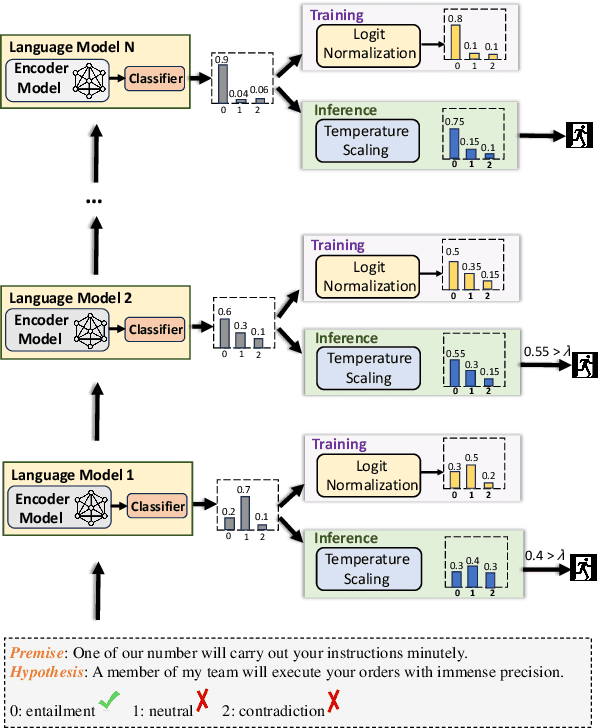
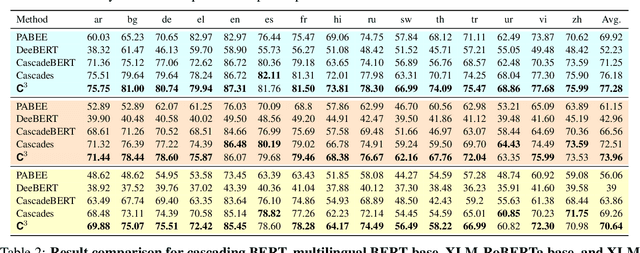
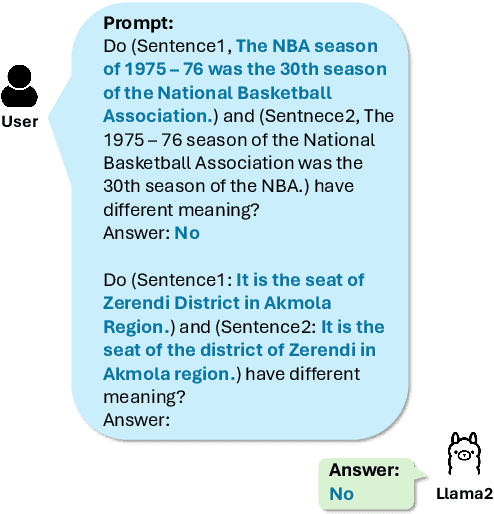
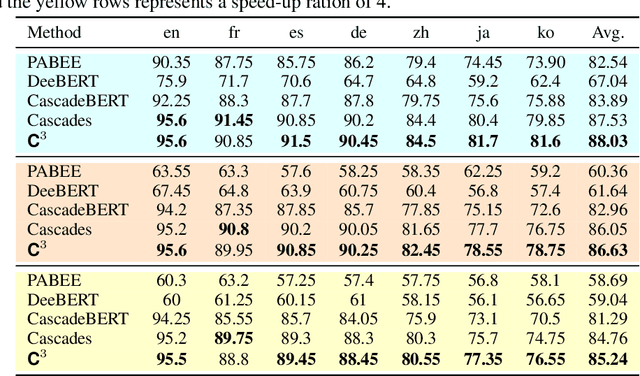
Abstract:Cross-lingual natural language understanding (NLU) is a critical task in natural language processing (NLP). Recent advancements have seen multilingual pre-trained language models (mPLMs) significantly enhance the performance of these tasks. However, mPLMs necessitate substantial resources and incur high computational costs during inference, posing challenges for deployment in real-world and real-time systems. Existing model cascade methods seek to enhance inference efficiency by greedily selecting the lightest model capable of processing the current input from a variety of models, based on model confidence scores. Nonetheless, deep models tend to exhibit overconfidence, and confidence distributions vary across languages. This leads to the emission of confident but incorrect predictions by smaller models, hindering their ability to generalize effectively across test languages. In this study, we introduce a confidence calibration model cascade ($C^3$) method. This approach, simple yet effective, involves calibration prior to cascade inference, thereby enhancing cascade accuracy through more reliable predictions. Extensive experiments conducted on three cross-lingual benchmarks demonstrate that $C^3$ significantly outperforms all state-of-the-art baselines.
Lens: A Foundation Model for Network Traffic in Cybersecurity
Feb 09, 2024Abstract:Network traffic refers to the amount of data being sent and received over the internet or any system that connects computers. Analyzing and understanding network traffic is vital for improving network security and management. However, the analysis of network traffic is challenging due to the diverse nature of data packets, which often feature heterogeneous headers and encrypted payloads lacking semantics. To capture the latent semantics of traffic, a few studies have adopted pre-training techniques based on the Transformer encoder or decoder to learn the representations from massive traffic data. However, these methods typically excel in traffic understanding (classification) or traffic generation tasks. To address this issue, we develop Lens, a foundation model for network traffic that leverages the T5 architecture to learn the pre-trained representations from large-scale unlabeled data. Harnessing the strength of the encoder-decoder framework, which captures the global information while preserving the generative ability, our model can better learn the representations from raw data. To further enhance pre-training effectiveness, we design a novel loss that combines three distinct tasks: Masked Span Prediction (MSP), Packet Order Prediction (POP), and Homologous Traffic Prediction (HTP). Evaluation results across various benchmark datasets demonstrate that the proposed Lens outperforms the baselines in most downstream tasks related to both traffic understanding and generation. Notably, it also requires much less labeled data for fine-tuning compared to current methods.
Enhancing Compositional Generalization via Compositional Feature Alignment
Feb 05, 2024Abstract:Real-world applications of machine learning models often confront data distribution shifts, wherein discrepancies exist between the training and test data distributions. In the common multi-domain multi-class setup, as the number of classes and domains scales up, it becomes infeasible to gather training data for every domain-class combination. This challenge naturally leads the quest for models with Compositional Generalization (CG) ability, where models can generalize to unseen domain-class combinations. To delve into the CG challenge, we develop CG-Bench, a suite of CG benchmarks derived from existing real-world image datasets, and observe that the prevalent pretraining-finetuning paradigm on foundational models, such as CLIP and DINOv2, struggles with the challenge. To address this challenge, we propose Compositional Feature Alignment (CFA), a simple two-stage finetuning technique that i) learns two orthogonal linear heads on a pretrained encoder with respect to class and domain labels, and ii) fine-tunes the encoder with the newly learned head frozen. We theoretically and empirically justify that CFA encourages compositional feature learning of pretrained models. We further conduct extensive experiments on CG-Bench for CLIP and DINOv2, two powerful pretrained vision foundation models. Experiment results show that CFA outperforms common finetuning techniques in compositional generalization, corroborating CFA's efficacy in compositional feature learning.
General-Purpose Multi-Modal OOD Detection Framework
Jul 24, 2023



Abstract:Out-of-distribution (OOD) detection identifies test samples that differ from the training data, which is critical to ensuring the safety and reliability of machine learning (ML) systems. While a plethora of methods have been developed to detect uni-modal OOD samples, only a few have focused on multi-modal OOD detection. Current contrastive learning-based methods primarily study multi-modal OOD detection in a scenario where both a given image and its corresponding textual description come from a new domain. However, real-world deployments of ML systems may face more anomaly scenarios caused by multiple factors like sensor faults, bad weather, and environmental changes. Hence, the goal of this work is to simultaneously detect from multiple different OOD scenarios in a fine-grained manner. To reach this goal, we propose a general-purpose weakly-supervised OOD detection framework, called WOOD, that combines a binary classifier and a contrastive learning component to reap the benefits of both. In order to better distinguish the latent representations of in-distribution (ID) and OOD samples, we adopt the Hinge loss to constrain their similarity. Furthermore, we develop a new scoring metric to integrate the prediction results from both the binary classifier and contrastive learning for identifying OOD samples. We evaluate the proposed WOOD model on multiple real-world datasets, and the experimental results demonstrate that the WOOD model outperforms the state-of-the-art methods for multi-modal OOD detection. Importantly, our approach is able to achieve high accuracy in OOD detection in three different OOD scenarios simultaneously. The source code will be made publicly available upon publication.
 Add to Chrome
Add to Chrome Add to Firefox
Add to Firefox Add to Edge
Add to Edge